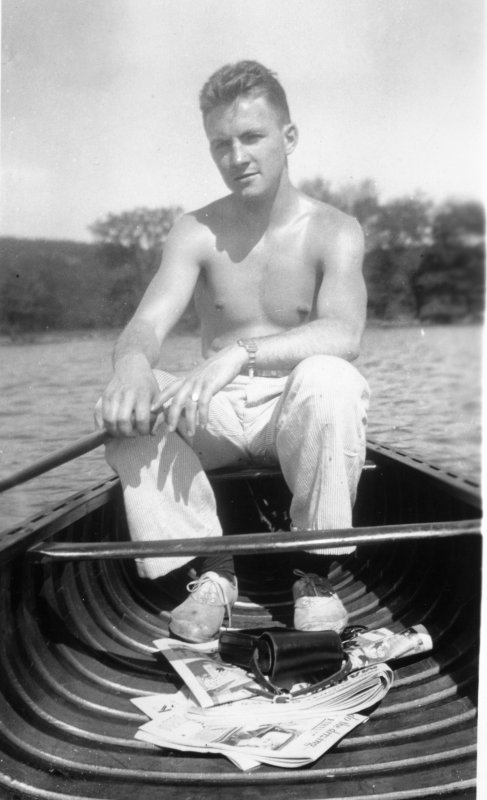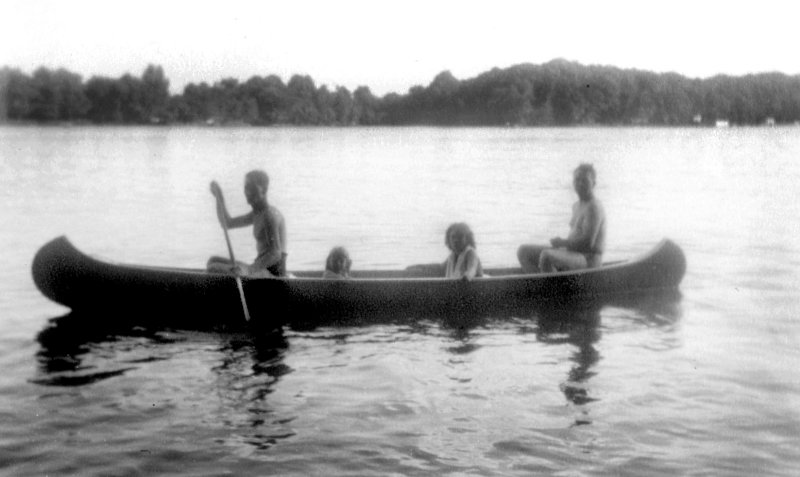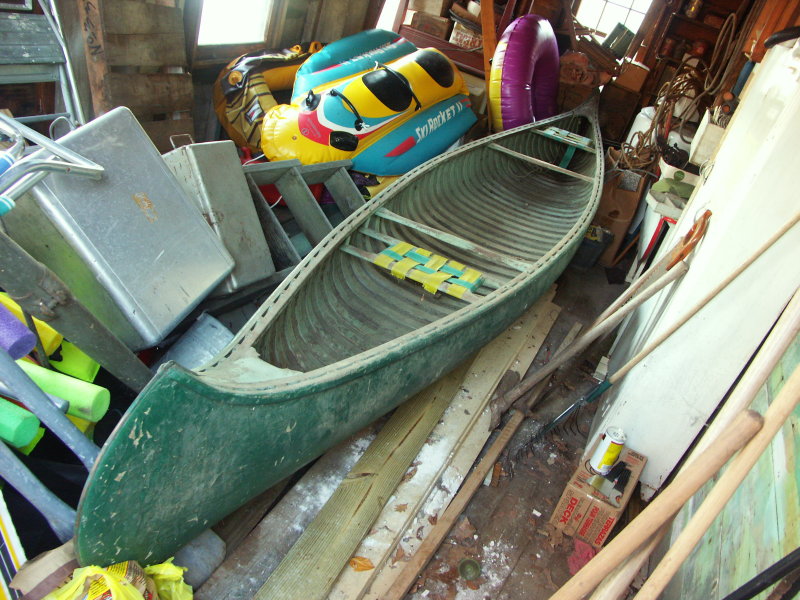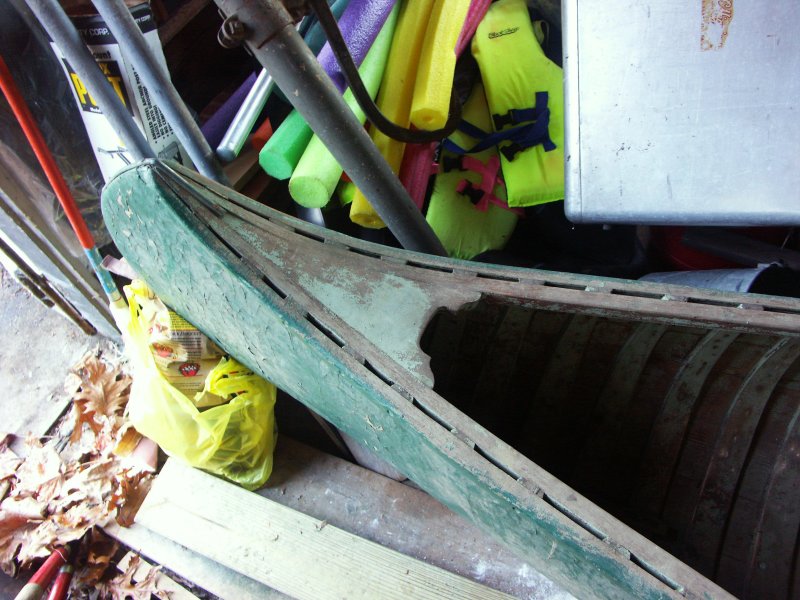I have an old Old Town canoe that regretfully I will be selling. I'm selling my lake house which has been in the family for 89 years. I'm third generation and had hoped to reach 100 years, but that is not to be. The canoe has been there for as long as I can remember and even long before that. I have pictures from the mid-1930s of family in that canoe. I suspect it was around even before that, but those are the first pictures. My great uncle was a canoeist, member of the Rutherford (NJ) Canoe Club and champion canoe racer around 1900. I don't know for sure, but I suspect the canoe might have been brought to the lake by him or possibly inherited after his death, but this is conjecture on my part. I cannot get the seial number from the canoe until my next visit. So I'm wondering if any of the more knowledgeable folks might be able to recognize the model from pictures and possibly estimate the year of manufacture. I can remember getting it out in the '70s and using it, then my son did the same about five years ago.
mid-'40s

1935




mid-'40s

1935








